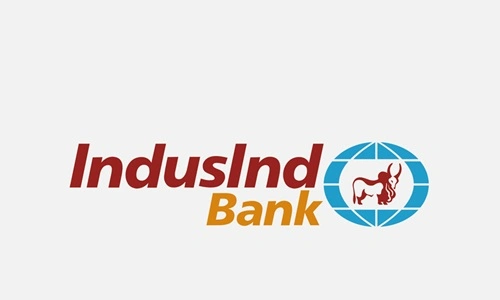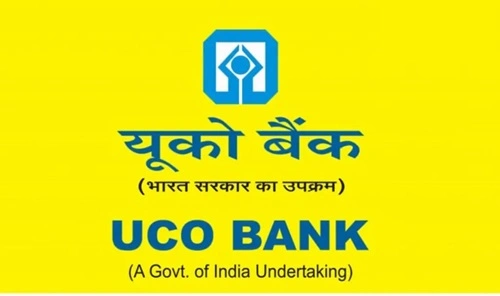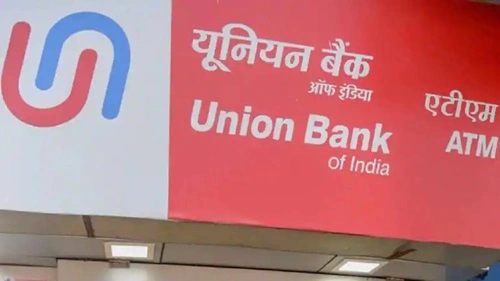IndusInd Bank, one of India’s leading private-sector lenders, finds itself at a pivotal moment. After years of strong growth, the bank is grappling with governance challenges, asset-quality headwinds, and a shifting deposit mix all while trying to preserve liquidity and profitability. As market dynamics evolve and regulatory scrutiny intensifies, a robust SWOT analysis for 2026 helps clarify where IndusInd stands, what it can leverage, and what risks it must navigate.
IndusInd Bank Overview:

- FY 2025 Performance: IndusInd Bank reported a full-year profit of ₹2,575 crore, though this marks a sharp decline from ₹8,977 crore in FY 2024.
- Balance Sheet Size: As of March 31, 2025, its assets stood at ₹5,54,107 crore, up ~8% YoY.
- Deposits: ₹4,10,862 crore as of March 2025, with CASA (Current + Savings) making up 32.8% of this base.
- Advances: ₹3,45,019 crore at end-March 2025, a modest 1% YoY growth.
- Capital & Liquidity: Capital Adequacy Ratio (CRAR) stood at ~16.24% in March 2025. The bank maintains a strong liquidity profile, with an average LCR (Liquidity Coverage Ratio) of 118%.
- Asset Quality: Gross NPA was 3.13% (March 2025), while Net NPA was 0.95%.
- Recent Quarter (Q1 FY26): Reported PAT of ₹604 crore, NIM at 3.46%, GNPA at 3.64%, and Net NPA at 1.12%.
- Network: As of June 30, 2025, the bank had 3,110 branches and 3,052 ATMs, serving about 42 million customers.
Strengths
1. Strong Capital & Liquidity Position
With a CRAR of over 16% and LCR well above regulatory minimums, IndusInd has ample buffer to absorb shocks. This financial strength provides resilience against credit stress or unexpected losses.
2. Diversified Deposit Base with Decent CASA
CASA constitutes around 32–33% of its deposit base. While not industry-leading, this mix gives the bank a relatively low-cost source of funds and demonstrates strength in retail liabilities.
3. Large and Growing Network
Over 3,100 branches and a wide ATM presence give IndusInd deep reach and the capacity to serve both retail and corporate clients effectively. This network supports its ambitions in retail, vehicle finance, and SME lending.
4. Focus on Growth Verticals
The bank has emphasized areas such as vehicle finance, retail liabilities, SME, and micro-business lending. This focus aligns with its core strength in client relationships and could drive long-term growth.
5. Provision Coverage Buffer
Even as asset quality weakens, IndusInd maintains a PCR (Provision Coverage Ratio) of ~70%. This buffer helps mitigate the impact of NPAs on its earnings.
Weaknesses
1. Earnings Volatility & Declining Profitability
The bank’s PAT fell sharply from ₹8,977 crore in FY24 to ₹2,575 crore in FY25. Moreover, Q1 FY26 profit dropped by ~72% YoY to ₹604 crore. Such volatility raises questions on sustainable profitability.
2. Deteriorating Asset Quality
GNPA has risen to 3.64% in Q1 FY26 from 3.13% at end-March 2025. Net NPA also jumped to 1.12%. Worsening asset quality, especially in microfinance, is a major concern.
3. Governance & Accounting Risks
The bank has faced serious scrutiny over an accounting discrepancy in its derivatives portfolio, with a potential hit of US$ 175 million reported. Such issues erode investor confidence and raise questions about internal control. Moody’s has downgraded its credit profile and flagged governance weaknesses.
4. Rising Provisioning Costs
IndusInd has significantly increased provisions: for FY25, it set aside ₹7,136 crore. Higher provisioning reduces net profitability and capacity to lend aggressively.
5. Bulk Deposit Dependence
To shore up liquidity, the bank raised $2 billion via high-cost bulk deposits. Relying on such deposits can raise funding costs and make its funding profile more volatile.
Opportunities
1. Strategic Turnaround of Microfinance Book
IndusInd can clean up and rebuild its microfinance business with tighter underwriting, digitised collections, and better risk management. Turning around this segment could unlock long-term value.
2. Retail Expansion & Cross-Selling
With its strong branch network, the bank can cross-sell retail products — credit cards, mortgages, small business loans, and payments — to deepen customer engagement.
3. Digital Transformation
Investing in digital infrastructure (mobile banking, analytics, AI-based underwriting) can reduce cost-to-served, improve customer acquisition, and support a more scalable, efficient business model.
4. Rebuilding Trust & Governance
By enhancing transparency, strengthening its risk control framework, and improving governance, IndusInd can restore investor and depositor confidence. External reviews and reform initiatives can become a turning point.
5. Capital Markets Access
Given its equity base, the bank could raise capital (equity or subordinated bonds) to strengthen reserves and fuel growth in priority verticals like SME or consumer lending.
Threats
1. Regulatory & Credit Risk Exposure
Stress in microfinance, unsecured lending, or other risk segments can lead to further NPAs. Regulatory tightening — especially around provisioning norms — could also bite.
2. Interest Rate Pressures
Rising cost of funds (through bulk or market deposits) could squeeze margins. At the same time, aggressive competition for deposits may force the bank to pay more, eroding profitability.
3. Reputational Risk
Accounting lapses and governance concerns pose significant reputational risk. Continued negative headlines could hurt customer trust and investor sentiment.
4. Macroeconomic Downturn
A slowdown in India’s economy, combined with increased credit stress in SMEs or consumer loans, could exacerbate slippages and provisioning needs.
5. Funding Vulnerability
Given its reliance on bulk deposits and run rate provisioning, any liquidity crunch or market dislocation could make funding more expensive or challenging to maintain.
Conclusion
IndusInd Bank stands at a crossroads in 2026: it has solid capital and liquidity buffers, a well-distributed branch network, and a clear growth strategy focused on retail, vehicles, and SME lending. But these strengths are being tested amid governance concerns, rising NPAs in its microfinance portfolio, and volatile earnings.
To navigate forward, IndusInd must recommit to rigorous risk controls, strengthen its governance culture, and strategically leverage its branch network to rebuild retail and micro business traction. Digital transformation and a sharper focus on diversified, low-cost liabilities will be key. If it succeeds, the bank can reclaim trust, stabilize profitability, and re-emerge as a resilient, growth-oriented private bank — but the journey will require disciplined execution and renewed investor faith.


